On July 4, 1776, our nation’s founding fathers gathered on that hot July day in the Pennsylvania State House (today’s Independence Hall), where they declared themselves independent from Great Britain. Then they all gathered around the table and signed our Declaration of Independence. Well, that’s how it’s depicted in John Trumbull’s famous 1818 painting. But that’s not how it really happened.
In this post, we’ll journey back to that sweltering summer of 1776, where the trail to our Declaration of Independence unfolded over many days, not just one.
A Tough Decision

Throughout the miserably hot summer of 1776, representatives from the Thirteen Colonies struggled in their debates as to whether they should declare independence from Great Britain or remain colonies of the Crown. After many failed attempts to find a peaceful solution, the states were now locked in bloody conflicts with British soldiers with no end in sight.
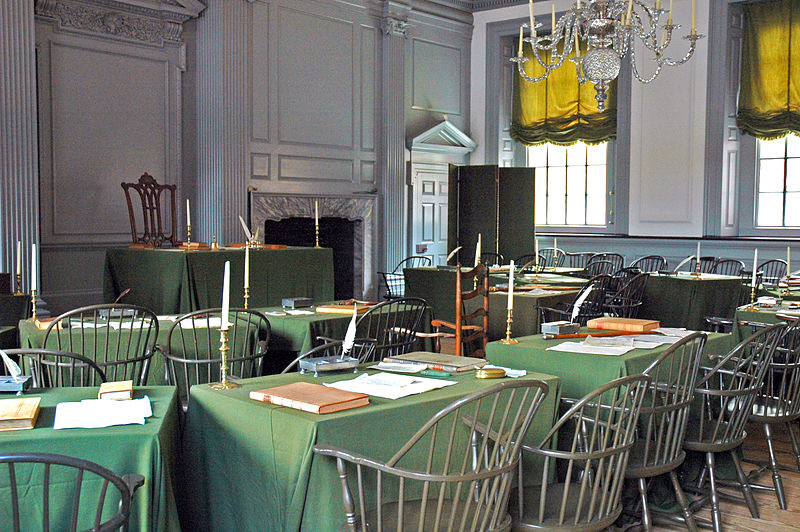
The Second Continental Congress, knowing that an independence vote would soon be called, appointed a “Committee of Five.” This committee was to draft a formal statement of explanation that would be sent to King George III and the British Parliament, telling them why the Colonies were separating, just in case the vote came for independence.
The members of the “Committee of Five” were: John Adams of Massachusetts, Benjamin Franklin of Pennsylvania, Robert R. Livingston of New York, Roger Sherman of Connecticut, and Thomas Jefferson of Virginia.
On June 28th, the committee presented their draft document to the Continental Congress titled, “A Declaration by the Representatives of the United States of America, in General Congress assembled.” The delegates would add edits to this draft over the next two days. When finished, the final version of the declaration had been cut down by a fourth. On July 1st, the revised “Declaration of Independence” was presented to the delegates. With the document of explanation completed, it was time for the states to vote; was it for independence or to stay part of Great Britain. The voting was tabled until the following day.
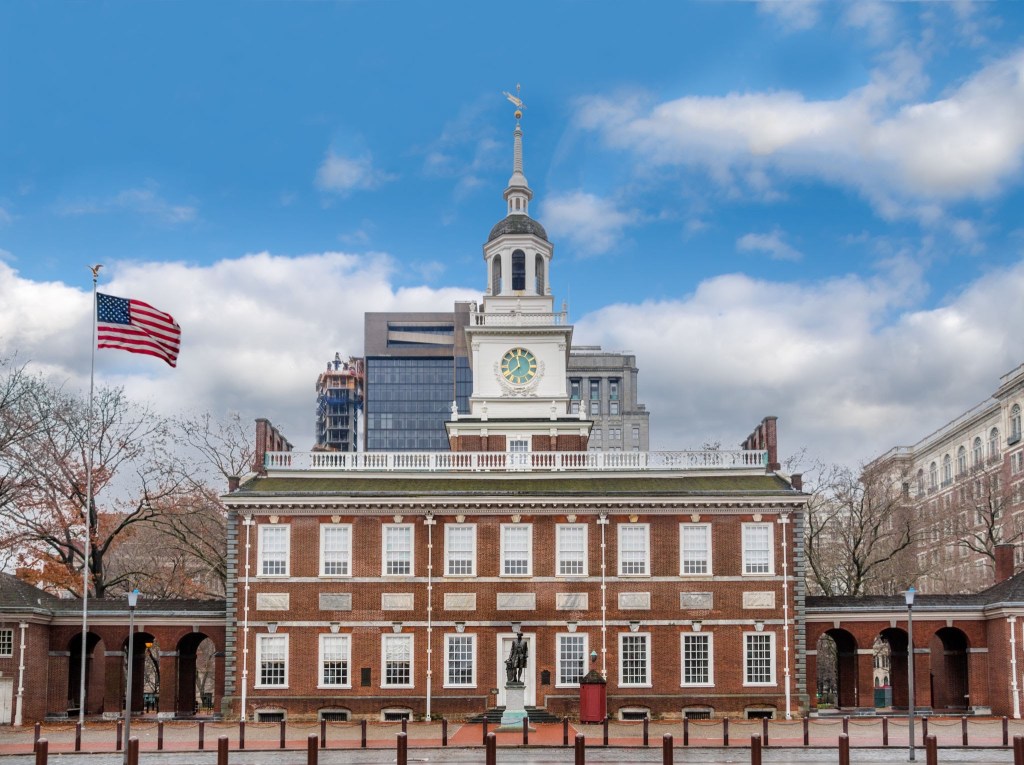
On July 2nd, the colony’s delegates arrived at the Pennsylvania State House. Before them was the “Lee Resolution,” also known as “the Resolution for Independence.” If this resolution passed, the thirteen states would have declared their Independence from Britain. As the voting proceeded, the delegation from New York first abstained. They hadn’t heard what their state legislatures’ position was. Soon word came that, indeed, New York wanted independence. At first, South Carolina was against separating but then reversed its position, supporting independence. Two of Pennsylvania’s delegates abstained from voting, allowing for a three-to-two vote for independence. One of the most interesting stories of the independence vote is of Caesar Rodney of Delaware.
Rodney was in Delaware the day before the voting was to take place. He jumped on his horse when he received word that the two attending Delaware representatives were deadlocked. Rodney rode the 70 miles to Philadelphia through the night and a raging thunderstorm. He arrived “in boots and spurs” to cast his vote for independence, breaking the deadlock. When the voting was finished, the result was unanimous; the thirteen states had declared themselves independent from Britain. John Adams wrote to his wife Abigail,
I am apt to believe that [Independence Day] will be celebrated, by succeeding Generations, as a great anniversary Festival.
John Adams, July 2, 1776
However, Adams meant July 2nd as Independence Day because, technically, that’s when the states voted for independence.
So, what did happen on July 4th, 1776?
On July 4th, the final edited document of the Declaration of Independence was approved. Only John Hancock, President of the Congress, and Congress Secretary Charles Thompson signed this Declaration of Independence. This was what was sent to King George III and the British Parliament.
Two weeks later, on July 19th, delegate Timothy Matlack, Charles Thompson’s assistant, carefully handwrote a copy of the declaration on fine parchment. This is the one that delegates signed, and we know as the Declaration of Independence, which now rests in the National Archives.
So, how did July 4th become Independence Day when it really wasn’t?
The common thought by historians is that when Matlack made his copy, he placed the date when the document was approved, that being July 4th, 1776, not when the actual vote for independence was taken.
When did the delegates sign Matlack’s Declaration of Independence? That didn’t begin until August 2nd. On that day, fifty-six representatives would add their names. Others wouldn’t sign until much later.
Here’s another exciting piece of Declaration of Independence history. Of the fifty-six who signed on August 2nd, several hadn’t been present on July 2nd for the independence vote or present for the approval of the final Declaration of Independence document on July 4th.
Whatever day we choose to celebrate the courage of those brave men, who suffered through the summer heat of 1776 in that stuffy Pennsylvania State House, doesn’t matter. What matters is the sacrifices they made. They sacrificed their ties to their mother country, and many lost their relationships with friends and family. And they could have sacrificed their personal freedom or even their lives if Britain won the war. These representatives didn’t take their tasks lightly. They struggled and agonized over the decision they made. So, it doesn’t matter when we celebrate, as long as we remember to honor those brave men whose sacrifices began the United States of America.

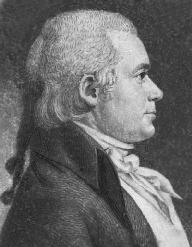

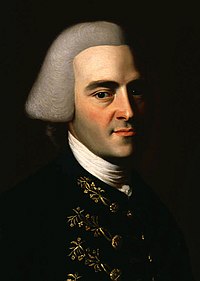
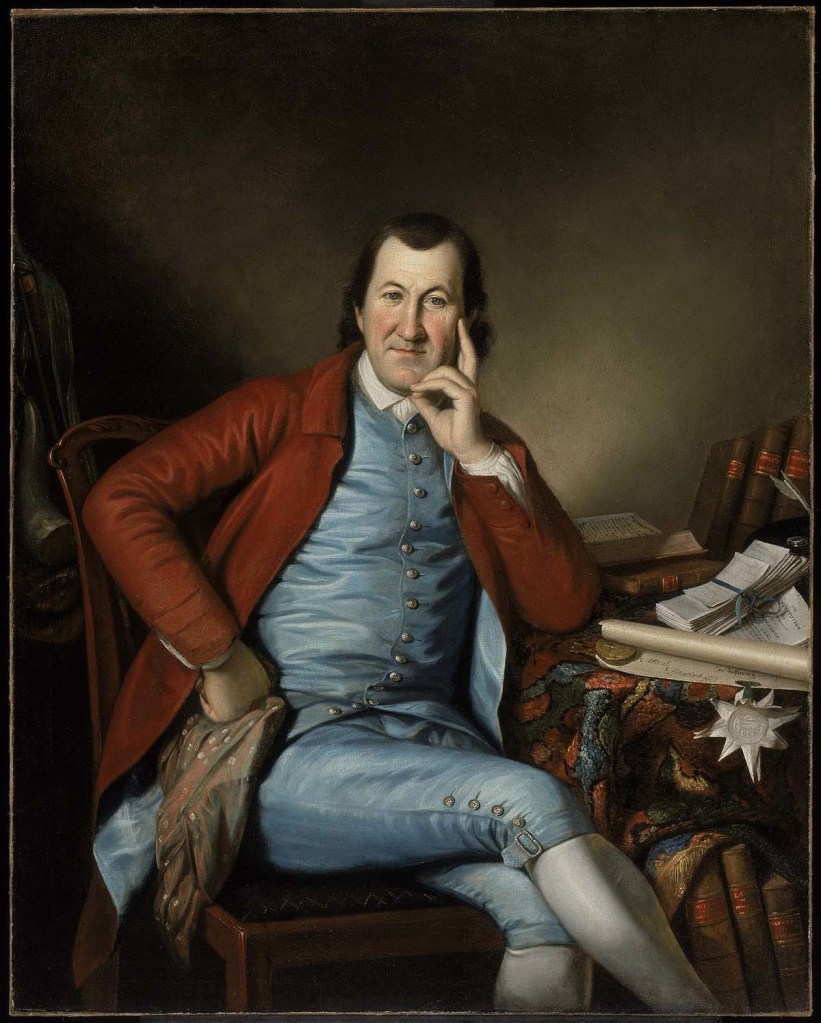
LikeLiked by 1 person